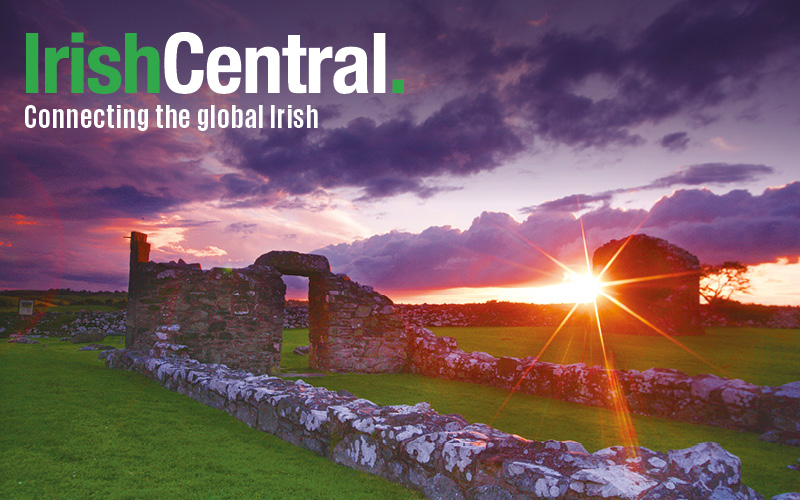Apparently the winner of the Notre Dame and USC football contest every year is awarded a famed jeweled Shillelagh trophy. This tradition spans 58 years.
But you may ask “Sure I have seen them in tourist shops and being used as canes and now as sports trophies but where do they come from? How were they used? How old are they really? And why the heck do I care so much about shillelaghs?”
The shillelagh comes from the Irish and may be connected to the forest in County Wicklow of the same name famous for its fine oaks. The Shillelagh (Irish: Síol Éalaigh, meaning "descendants of Éalach") is also known as bata in Gaelic or “fighting stick.”
A shillelagh is a wooden walking stick and club, or cudgel made from a thick, knotty stick with a large knob on top of Blackthorn wood (sloe) or Oak. Like Irish bacon, the piece is smeared with butter (and sometimes margarine) and placed up a chimney to be cured. The bark is left on to add to its toughness. To keep the sticks from splitting during drying they were buried in a manure piles.
There are many derivations on the plain vanilla two pound shillelagh. Some are hallowed out at the heavy “hitting end” and filled with molten. This is known as a “loaded stick”. (The sticks made of Blackthorn are so heavy there was no need to “load” them as they come “preloaded”) They are the length of a walking stick (measured from the floor to the elbow).
Others are still more hardcore with heavy tops used for striking and disarming an opponent. If you have a real shillelagh, and not a knock off, it is more than likely outfitted with a wristband.
Shillelagh fighting is believed to have evolved over thousands of years in Ireland from spear, staff, axe, and sword fighting. By the 19th Century Shillelagh fighting evolved into a martial art with three types of weapons: long, medium, or short sticks.
Irish boys learned about the ways of the shillelagh from their father and received their own bata as a rite of manhood. (Like car keys today. Except you can’t fight with car keys) To learn the art of the shillelagh boys were taught by the Maighistir Prionnsa or “fencing master”. They also learned by sparring with others.
They also learned to speak softly and carry a big shillelagh especially at social functions like the fair, wake, or pattern (Saint’s Feast Day) where rival factions would gather and be ready, willing, and able to brandish their weapons. This fighting was popular up to the 1840s. The last recorded faction fisticuffs occurred in 1887 at a fair in Co. Tipperary.
Some shillelagh battles were for sport or just for fun. It was common then for a man, probably a little loopy, to drag his coat behind him and provoke the crowd at a fair by screaming “Who’ll tread on the tail of my coat?” and the ever popular “Who’ll say black is the color of my eye?”
There are those that study the use of shillelagh for self defense and martial art today known as the Bataireacht.
To use the shillelagh properly in a fight the club is snapped out at the wrist, not swung like a cudgel, and held towards the middle of the weapon. Advanced fighters grab two sticks and throw down in a Troid de Bata or “two-stick fight”. The stick of the offhand is used as a shield.
Shillelagh fighting was seen to be less hazardous then other forms of combat. According to Sir John Barrington stick fighting was “…like sword exercises and did not appear savage. Nobody was disfigured thereby, or rendered fit for a doctor. I never saw a bone broken or a dangerous contusion from what was called 'whacks' of a shillelagh (which was never too heavy)."
Now we hope you grab one and spar with friends and keep the tradition alive of bonking rival families and political parties at Saint’s Days fests. Then pass on your shillelagh to your son once he hits puberty.




Comments